Hope Plavin, MPA, is the Director of the New York State Department of Health Innovation Center. The center is devoted to using government finance and policy levers to transform health care for New Yorkers by improving quality and access while also reducing cost. Plavin recently spoke with CAMH about her organization’s commitment to value-based payment.
In New York (NY), better health outcomes and value are a top priority. In December 2014, we received a $100 million State Innovation Model (SIM) testing grant from the CMS Innovation Center. The purpose was to implement our State Health Innovation Plan (SHIP) and transform primary care over the next four years.
An integrated care work group of multiple stakeholders is developing an advanced primary care model for NY. A key part of the model is value-based payments. We’re discussing with stakeholders throughout the state the pros, cons, and tradeoffs of different payment approaches to reach our goals. We’re focused also on expanding the primary care workforce, integrating clinical and population health, and developing a common scorecard, metrics, and analytics.
As part of our testing grant from CMS, we’ve proposed that we not only change the care delivery model to provide incentives for team-based care in the primary care setting but also that we change the reimbursement model to pay for the team care approach and to evolve to “pay for outcomes.” Although this may look different from one payer to the next, we want all payers in the state to align. The question is, what is the level of individuality versus the level of shared alignment across multiple public and private payers statewide so that incentives for each primary care practice are consistent? For a practice with patients covered by five health plans, for example, how do we ensure those plans’ payment schemes and quality measures are aligned enough so that the practice can focus on specific goals and outcomes and can be reimbursed for team-based care?
Many commercial payers are using these models already. We want to make sure we’re supportive and don’t get in the way of their progress. Yet we need to achieve the desired degree of alignment across practices to make this model work.
Along with the alignment challenge, we face proprietary concerns. Many large health plans have developed their own primary care delivery and payment models and are succeeding. The details of exactly what they’re doing by practice size and location are not being shared. The question we’re trying to address is, what is the right degree of alignment to reach our goal, yet still give each payer enough flexibility to carry and sell its individual product?
For us, innovation means thinking broadly about how to structure care delivery and payment systems to bring the best possible outcomes for all. It means going beyond the Triple Aim to look at the Triple Win. How do we keep people healthy, keep prices down, and keep the right set of providers engaged and supported at the right level? It means understanding that the practice of health care is rapidly changing. Much of the care once provided in a hospital is now being delivered in an outpatient setting, from urgent care centers to doctors’ offices in our local supermarkets. These are new delivery models that consumers are liking and using. How do we make sure these models are integrated as part of the care continuum so that wherever patients are served, the result is better health outcomes?
We were excited that the LAN and NY have the same vision for the future of health care. We want to work with our colleagues throughout the nation to make transformation a reality and create a critical mass in learning, implementing, and evaluating new approaches to health care payment and delivery.
Providers and payers often ask us why should we implement APMs? What’s in it for us? The LAN draft White Paper released October 22, 2015 included a summary of findings to date that was hugely helpful to us. We encourage the LAN to continue on that path of amassing the evidence that will show why these are reasonable models and what benefits they will bring. For example, if you’re a provider implementing an APM, you can see fewer patients a day, spend more time with each patient because you’re part of a broader care team, and be paid more because you’re sharing savings by keeping patients healthy. If you’re a payer in an APM, you can lower your costs, raise your margins, and increase your likelihood of member retention. Keep digging down into the “why.” Help stakeholders understand their return on investment in reworking business strategies and becoming part of the solution.

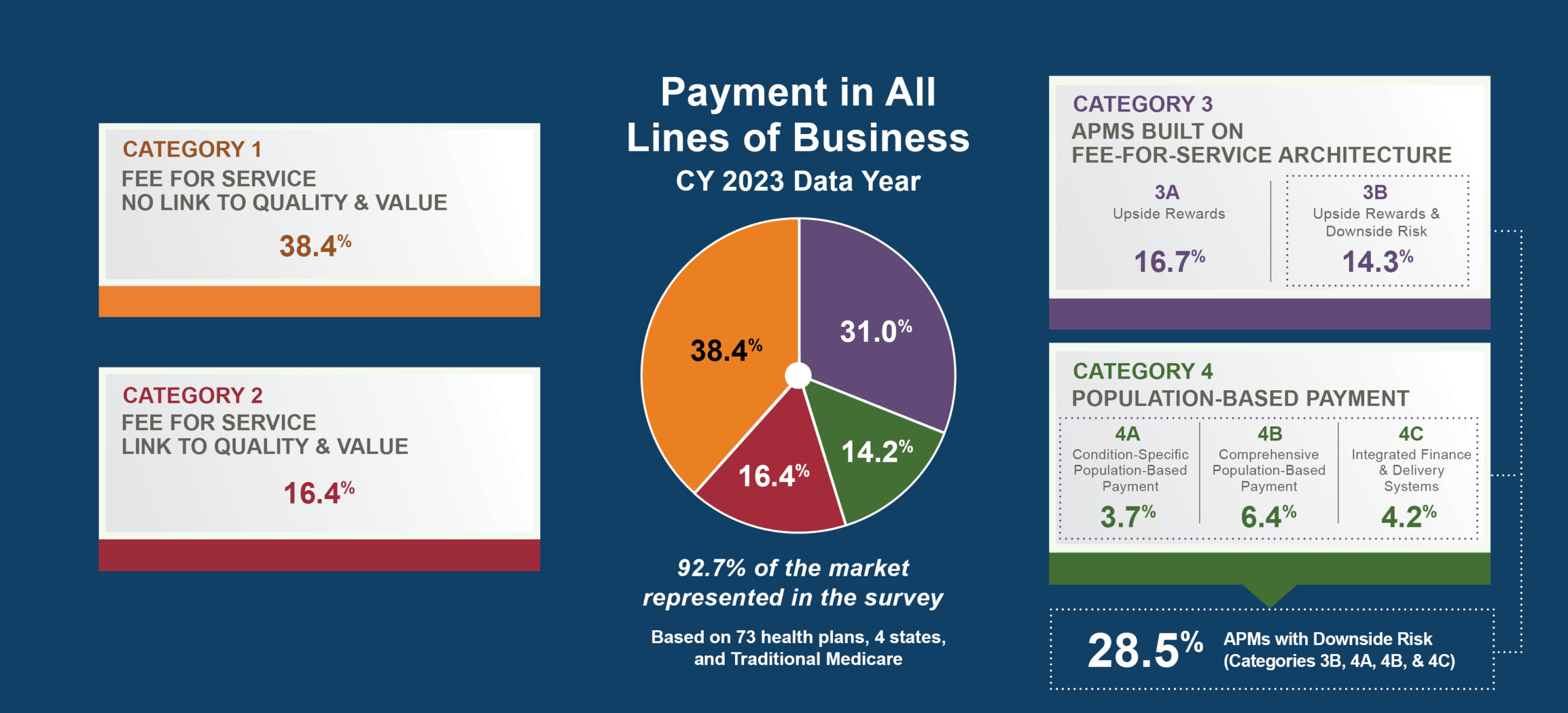

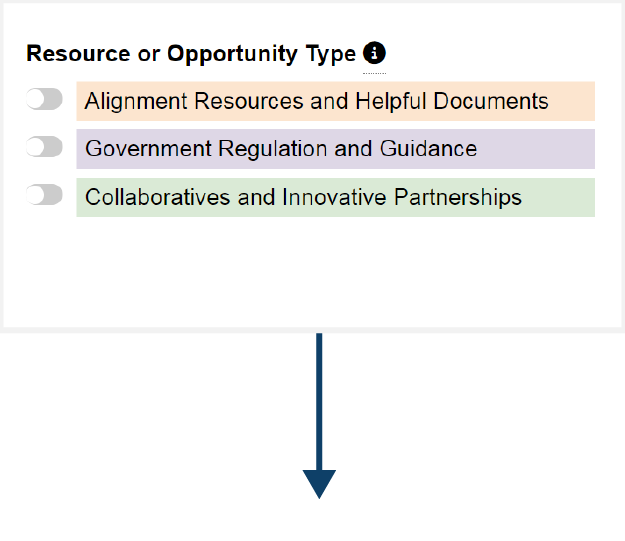
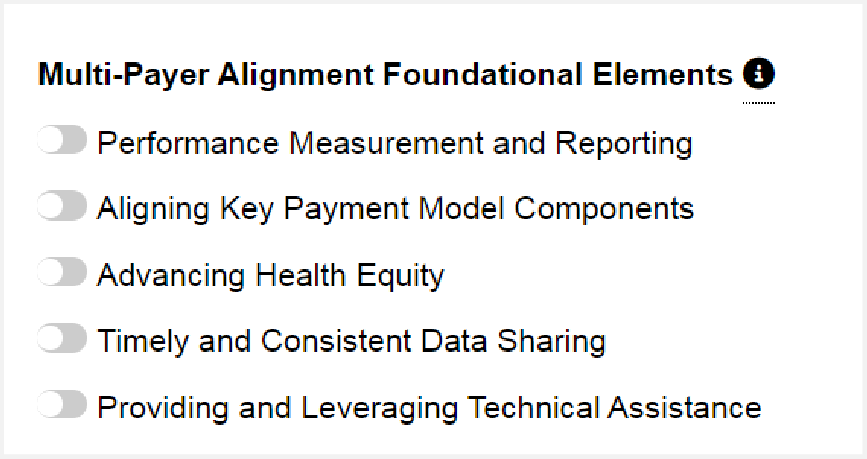




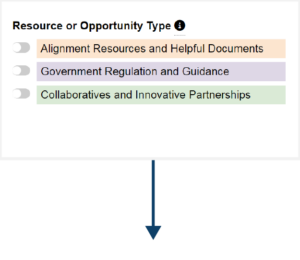


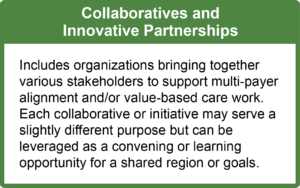
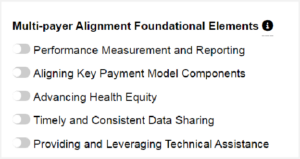




 Emily DuHamel Brower, M.B.A., is senior vice president of clinical integration and physician services for Trinity Health. Emphasizing clinical integration and payment model transformation, Ms. Brower provides strategic direction related to the evolving accountable healthcare environment with strong results. Her team is currently accountable for $10.4B of medical expense for 1.6M lives in Medicare Accountable Care Organizations (ACOs), Medicare Advantage, and Medicaid and Commercial Alternative Payment Models.
Emily DuHamel Brower, M.B.A., is senior vice president of clinical integration and physician services for Trinity Health. Emphasizing clinical integration and payment model transformation, Ms. Brower provides strategic direction related to the evolving accountable healthcare environment with strong results. Her team is currently accountable for $10.4B of medical expense for 1.6M lives in Medicare Accountable Care Organizations (ACOs), Medicare Advantage, and Medicaid and Commercial Alternative Payment Models. Mr. James Sinkoff is the Deputy Executive Officer and Chief Financial Officer for Sun River Health (formerly known as Hudson River HealthCare), and the Chief Executive Officer of Solutions 4 Community Health (S4CH); an MSO serving FQHCs and private physician practices.
Mr. James Sinkoff is the Deputy Executive Officer and Chief Financial Officer for Sun River Health (formerly known as Hudson River HealthCare), and the Chief Executive Officer of Solutions 4 Community Health (S4CH); an MSO serving FQHCs and private physician practices. Victor is the Chief Medical Officer for TennCare, Tennessee’s Medicaid Agency. At TennCare, Victor leads the medical office to ensure quality and effective delivery of medical, pharmacy, and dental services to its members. He also leads TennCare’s opioid epidemic strategy, social determinants of health, and practice transformation initiatives across the agency. Prior to joining TennCare, Victor worked at Evolent Health supporting value-based population health care delivery. In 2013, Victor served as a White House Fellow to the Secretary of Health and Human Services. Victor completed his Internal Medicine Residency at Emory University still practices clinically as an internist in the Veteran’s Affairs Health System.
Victor is the Chief Medical Officer for TennCare, Tennessee’s Medicaid Agency. At TennCare, Victor leads the medical office to ensure quality and effective delivery of medical, pharmacy, and dental services to its members. He also leads TennCare’s opioid epidemic strategy, social determinants of health, and practice transformation initiatives across the agency. Prior to joining TennCare, Victor worked at Evolent Health supporting value-based population health care delivery. In 2013, Victor served as a White House Fellow to the Secretary of Health and Human Services. Victor completed his Internal Medicine Residency at Emory University still practices clinically as an internist in the Veteran’s Affairs Health System. Dr. Brandon G. Wilson, DrPH, MHA (he, him, his) joined Community Catalyst as the Director of the Center for Consumer Engagement in Health Innovation, where he leads the Center in bringing the community’s experience to the forefront of health systems transformation and health reform efforts, in order to deliver better care, better value and better health for every community, particularly vulnerable and historically underserved populations. The Center works directly with community advocates around the country to increase the skills and power they have to establish an effective voice at all levels of the health care system. The Center collaborates with innovative health plans, hospitals and providers to incorporate communities and their lived experience into the design of systems of care. The Center also works with state and federal policymakers to spur change that makes the health system more responsive to communities. And it provides consulting services to health plans, provider groups and other health care organizations to help them create meaningful structures for engagement with their communities.
Dr. Brandon G. Wilson, DrPH, MHA (he, him, his) joined Community Catalyst as the Director of the Center for Consumer Engagement in Health Innovation, where he leads the Center in bringing the community’s experience to the forefront of health systems transformation and health reform efforts, in order to deliver better care, better value and better health for every community, particularly vulnerable and historically underserved populations. The Center works directly with community advocates around the country to increase the skills and power they have to establish an effective voice at all levels of the health care system. The Center collaborates with innovative health plans, hospitals and providers to incorporate communities and their lived experience into the design of systems of care. The Center also works with state and federal policymakers to spur change that makes the health system more responsive to communities. And it provides consulting services to health plans, provider groups and other health care organizations to help them create meaningful structures for engagement with their communities. Tamara Ward is the SVP of Insurance Business Operations at Oscar Health, where she leads the National Network Contracting Strategy and Market Expansion & Readiness. Prior to Oscar she served as VP of Managed Care & Network Operations at TriHealth in Southwest Ohio. With over 15 years of progressive health care experience, she has been instrumental driving collaborative payer provider strategies, improving insurance operations, and building high value networks through her various roles with UHC and other large provider health systems. Her breadth and depth of experience and interest-based approach has allowed her to have success solving some of the most complex issues our industry faces today. Tam is passionate about driving change for marginalized communities, developing Oscar’s Culturally Competent Care Program- reducing healthcare disparities and improving access for the underserved population. Tamara holds a B.A. from the University of Cincinnati’s and M.B.A from Miami University.
Tamara Ward is the SVP of Insurance Business Operations at Oscar Health, where she leads the National Network Contracting Strategy and Market Expansion & Readiness. Prior to Oscar she served as VP of Managed Care & Network Operations at TriHealth in Southwest Ohio. With over 15 years of progressive health care experience, she has been instrumental driving collaborative payer provider strategies, improving insurance operations, and building high value networks through her various roles with UHC and other large provider health systems. Her breadth and depth of experience and interest-based approach has allowed her to have success solving some of the most complex issues our industry faces today. Tam is passionate about driving change for marginalized communities, developing Oscar’s Culturally Competent Care Program- reducing healthcare disparities and improving access for the underserved population. Tamara holds a B.A. from the University of Cincinnati’s and M.B.A from Miami University.


 Dr. Peter Walsh joined the Colorado Department of Health Care Policy and Financing as the Chief Medical Officer on December 1, 2020. Prior to joining HCPF, Dr. Walsh served as a Hospital Field Representative/Surveyor at the Joint Commission, headquartered in Oakbrook Terrace, Illinois.
Dr. Peter Walsh joined the Colorado Department of Health Care Policy and Financing as the Chief Medical Officer on December 1, 2020. Prior to joining HCPF, Dr. Walsh served as a Hospital Field Representative/Surveyor at the Joint Commission, headquartered in Oakbrook Terrace, Illinois.








